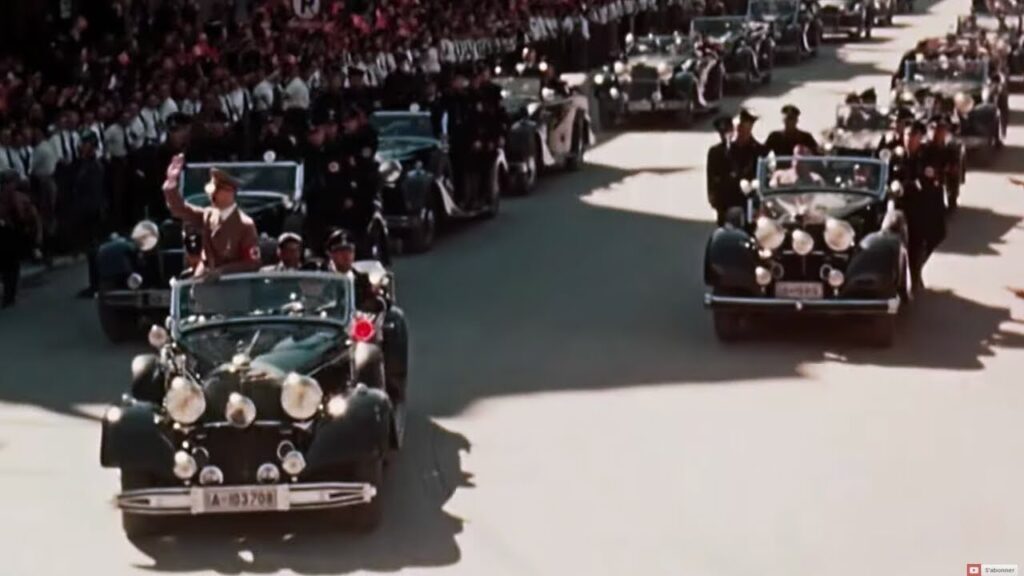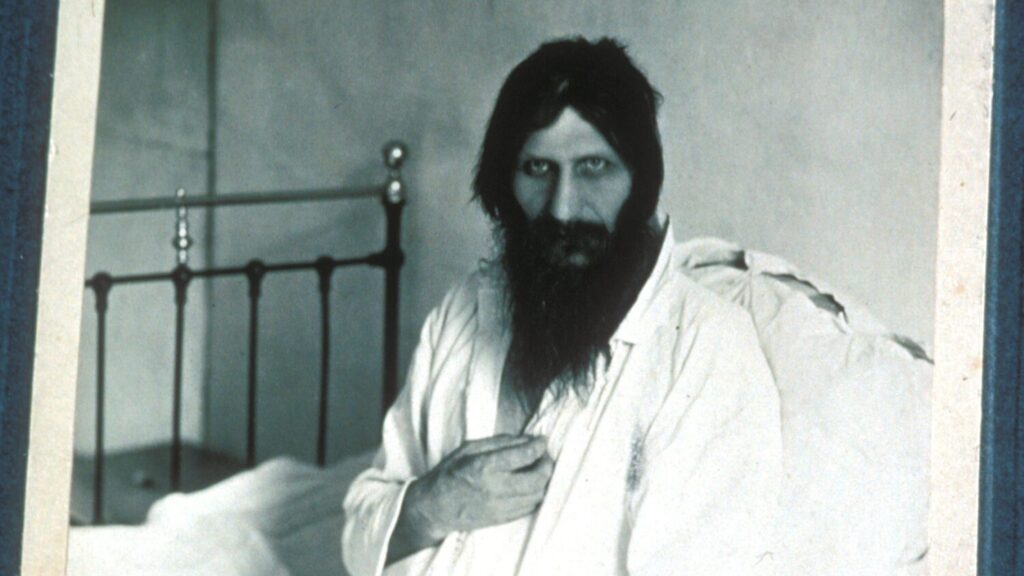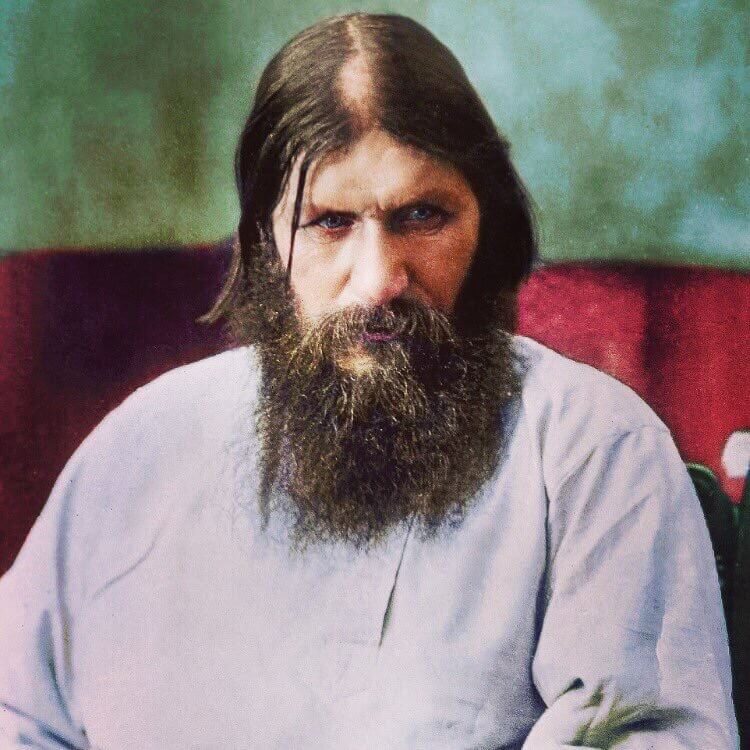
Read More: The AIDS Epidemic: A Retrospective on the Crisis, Activism, and Medical Breakthroughs
Grigori Rasputin remains one of the most enigmatic and controversial figures in Russian history. A mystic and self-proclaimed holy man, his rise to prominence in the court of Tsar Nicholas II and his mysterious influence over the Romanov family have fueled endless speculation and debate. Was he a saintly healer or a manipulative charlatan? Let’s unravel the mystery of Rasputin.
The Early Life: Humble Beginnings

Read More: Why Body Shaming is Still Prevalent: The Dark Side of Social Media
Born in 1869 in the Siberian village of Pokrovskoye, Rasputin grew up in a modest peasant family. From an early age, he exhibited a fascination with religion and mysticism. He traveled widely as a pilgrim, seeking spiritual enlightenment, and eventually gained a reputation as a healer with seemingly miraculous powers.
The Rise to Power: Entering the Romanov Court
Rasputin’s life changed dramatically in 1905 when he was introduced to Tsar Nicholas II and Empress Alexandra. The imperial couple, desperate to find a cure for their hemophiliac son Alexei, believed that Rasputin’s prayers could heal him. His ability to ease Alexei’s suffering cemented his place in the Romanovs’ inner circle.

Read More: Why Body Shaming is Still Prevalent: The Dark Side of Social Media
Rasputin’s influence over the royal family grew, earning him both ardent supporters and bitter enemies. To some, he was a visionary with divine powers. To others, he was a corrupt and debauched opportunist whose sway over the Romanovs destabilized the empire.
The Controversy: A Divisive Figure
Rasputin’s lifestyle was a source of scandal. Accusations of drunkenness, womanizing, and corruption tarnished his reputation. Many in the Russian aristocracy and government resented his influence over the Tsarina, particularly as it coincided with growing public discontent and the onset of World War I.

His detractors blamed him for Russia’s military failures and political instability, painting him as a symbol of the monarchy’s incompetence. This animosity culminated in a plot to assassinate him.
The Assassination: A Death Shrouded in Mystery
In December 1916, a group of conspirators led by Prince Felix Yusupov and Grand Duke Dmitri Pavlovich lured Rasputin to a palace in St. Petersburg. According to popular accounts, they attempted to poison him, but when the poison failed, they resorted to shooting him.

Even then, Rasputin reportedly survived multiple gunshots before being thrown into the icy Neva River, where he finally died.
The exact details of his death remain contested, adding to the mystique surrounding his life.
Legacy: A Symbol of the Romanov Fall

Rasputin’s life and death are inextricably linked to the decline of the Romanov dynasty. His influence over the royal family and the scandals surrounding him eroded public confidence in the monarchy, contributing to the revolutionary fervor that led to the Russian Revolution of 1917.
Conclusion
Today, Rasputin is remembered as a complex and polarizing figure—a man whose life defied easy categorization. His story continues to captivate historians, writers, and filmmakers, ensuring his place as one of history’s most fascinating enigmas.
What do you think about Rasputin? Was he a misunderstood mystic or a dangerous manipulator? Share your thoughts in the comments below!


